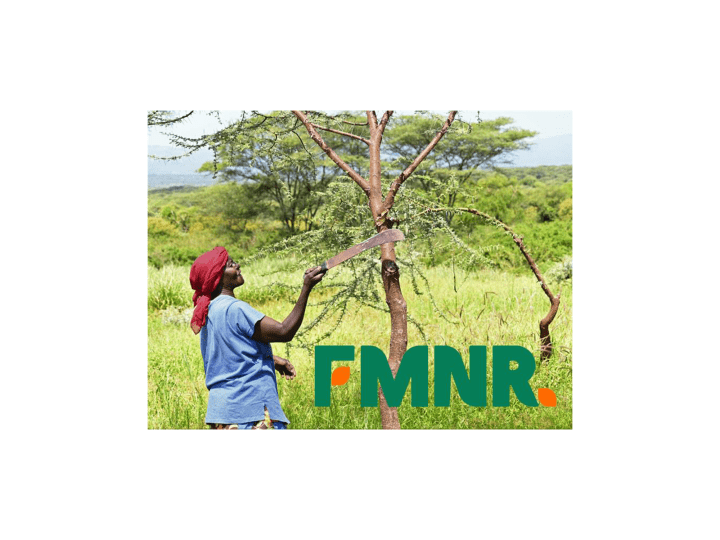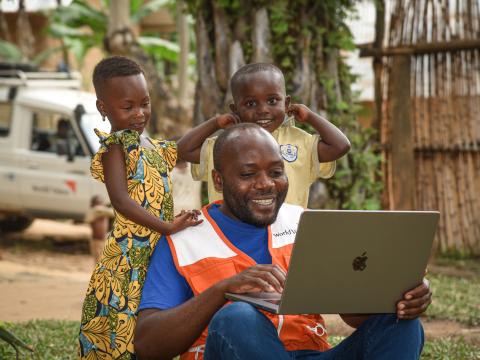Discover FMNR, a simple and sustainable technique for restoring degraded land and healing the environment. You will learn the basics of the FMNR technique, its incredible benefits for landscapes and communities, and how you can be part of the FMNR movement to regreen the environment.
Duration
1 hour
Who is this course for?
This orientation is a first step for anyone interested in FMNR, including colleagues in grants, marketing and communications, advocacy, technical programming, frontline facilitators and implementers, and more.
This orientation course will provide an understanding of FMNR. Those who need to be able to practise, facilitate, and/or train on FMNR should first complete this orientation, and then continue to the series of more in-depth modules.
This orientation course will provide an understanding of FMNR. Those who need to be able to practise, facilitate, and/or train on FMNR should first complete this orientation, and then continue to the series of more in-depth modules.
What about external partners?
Both this orientation and the in-depth modules are available on the external site Atingi, which is easily accessible to external individuals. It is also possible to enrol partners in WVeCampus on request.
What will you learn?
By the end of the course, you will be able to:
- Describe the FMNR technique and movement
- Explain the problems FMNR aims to address
- List signs that FMNR could benefit a community
- List and explain the five steps of FMNR
- Describe the benefits of FMNR and what FMNR can achieve
- Explain the FMNR theory of change
- Explain the difference between tree planting and natural regeneration
- Engage in promoting FMNR scale-up in different ways, towards the vision of restoring 1 billion hectares of degraded land
- Describe the FMNR technique and movement
- Explain the problems FMNR aims to address
- List signs that FMNR could benefit a community
- List and explain the five steps of FMNR
- Describe the benefits of FMNR and what FMNR can achieve
- Explain the FMNR theory of change
- Explain the difference between tree planting and natural regeneration
- Engage in promoting FMNR scale-up in different ways, towards the vision of restoring 1 billion hectares of degraded land
Dive deeper into FMNR, a simple and powerful technique for restoring landscapes and healing the environment.
This advanced course builds on the FMNR orientation. You will learn about how to apply the FMNR technique, how to introduce FMNR to a community, how to ensure inclusivity, how to track progress and impact, and how to address common misconceptions and challenges.
Duration
The 5 self-paced modules should take you around 3 hours to complete.
What about partners?
Both this orientation and the in-depth modules are available on the external site Atingi, which is easily accessible to external individuals. It is also possible to enrol partners in WVeCampus on request.


